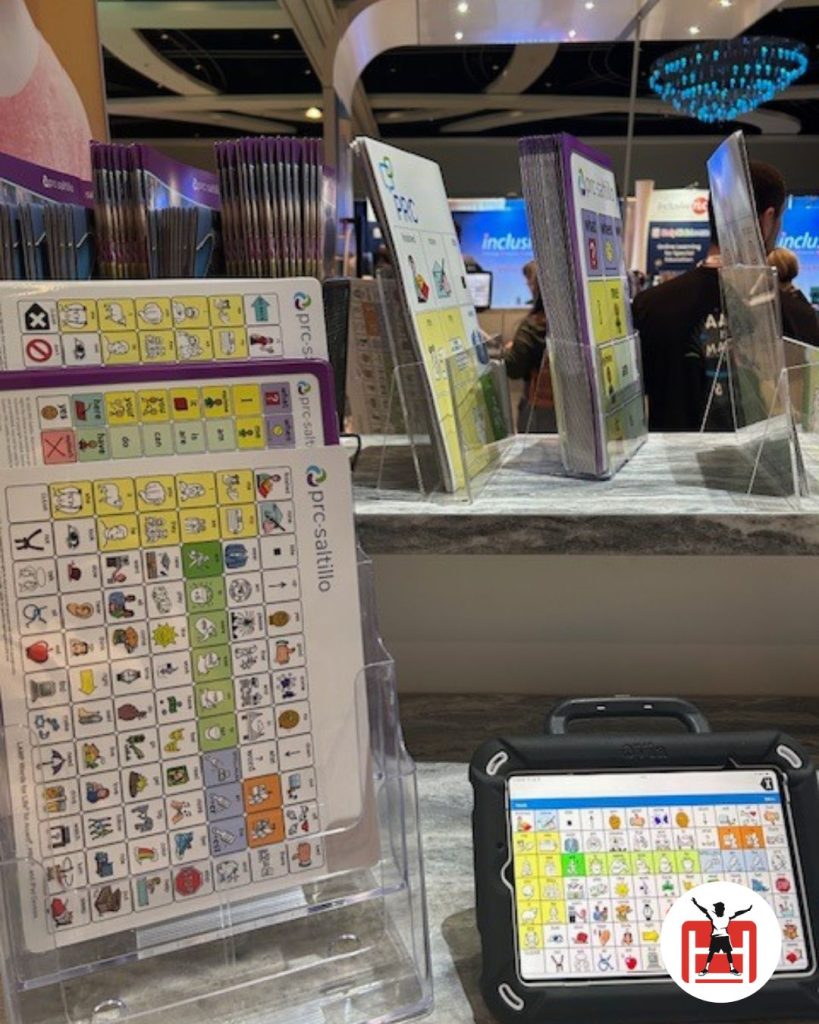Unlocking Communication: Why Part-Time AAC is a Powerful Tool for Verbal Communicators
💡 Did you know that AAC isn’t just for non-speaking individuals?
When most people hear “AAC,” they picture devices and apps used by individuals who are nonverbal—but that’s only part of the picture. AAC, which stands for Augmentative and Alternative Communication, is also a powerful support tool for individuals who speak verbally but face unique challenges in expressing themselves.
Let’s explore why someone who uses verbal speech might still benefit from AAC:
🗣️ 1. Verbal Speech May Be Unreliable
For some, especially individuals with autism spectrum disorder (ASD) and childhood apraxia of speech (CAS)—a motor-planning disorder—speech can be difficult to produce clearly or consistently. In fact, about 60% of children with ASD are also diagnosed with CAS (Tierney et al., 2015), making AAC a helpful supplement to ensure they’re understood.
😔 2. AAC Supports Emotional Regulation
During moments of crisis, dysregulation, or overwhelm, verbal speech can break down. AAC offers a reliable alternative to express needs and feelings when words are hard to find—just like how even neurotypical individuals may struggle to speak clearly when extremely upset.
🧠 3. Reduces Involuntary Speech
For some individuals, speaking what they don’t mean to say is as challenging as speaking their intended message. AAC can provide an anchor for more intentional communication.
🧩 4. Fills Expressive Language Gaps
AAC, especially symbol-based systems, helps bridge gaps in expressive language, particularly when verbal speech feels too abstract. Visuals can bring clarity to thoughts and improve overall communication effectiveness.
At the heart of it all: Every form of communication is valid. Whether it’s spoken, typed, tapped, or symbolized, the goal is functional, meaningful expression.

💬 Curious about how AAC might support your child or client—even if they speak?
Chat with one of our experienced therapists to explore the best communication tools for their unique needs!
References:
Hartmann, A., & Sheldon, E. (2019). Just Ask: What we can learn from AAC users [Blog post]. AssistiveWare. https://www.assistiveware.com/learn-aac/support-communication-for-part-time-aac-users
Zisk, H. A., & Dalton, E. (2019). Augmentative and alternative communication for speaking autistic adults: Overview and recommendations. Autism in Adulthood, 1(2), 93–100. https://doi.org/10.1089/aut.2019.0008
Mirenda, P. (2008). A back door approach to autism. Augmentative and Alternative Communication, 24(3), 220–234. https://doi.org/10.1080/07434610802130957
Torres, E. B., & Donnellan, A. M. (2015). Autism: The movement perspective. Frontiers in Integrative Neuroscience, 9, 28. https://doi.org/10.3389/fnint.2015.00028